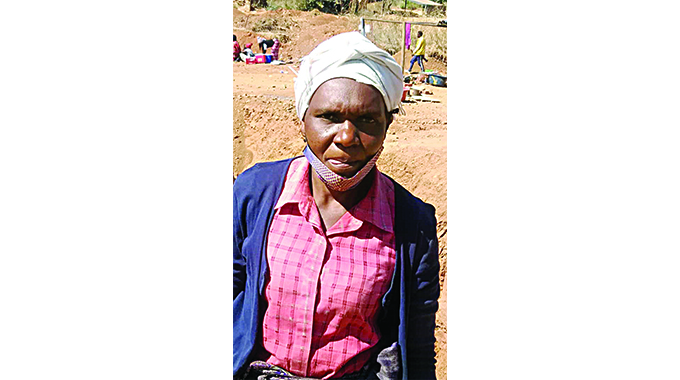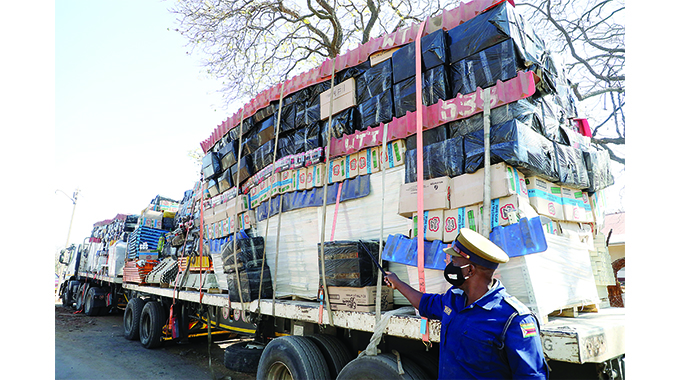COMMENT: Continue to grow white gold

Cotton is one of the most important crops grown locally.
It supports the livelihoods of hundreds of thousands of farmers. It employs many more up the value chain in ginning and garment making.
The white gold is also a key export, helping in foreign currency generation. At the peak of its growing in 2012, farmers picked 352 000 tonnes.
Cotton is a hardy crop, but a few droughts since 2012 have cut output.
To help boost output, the Government supports growers under the Presidential Inputs Scheme, which is administered by the Cotton
Company of Zimbabwe (Cottco). The inputs scheme has helped boost output since its inception in 2015 when 28 000 tonnes – the lowest in nearly two decades – were picked. Thanks to the scheme and favourable weather conditions, production rebounded to 144 000 tonnes in 2017. Drought reduced output to about 74 000 tonnes in 2019 but it slightly increased to 80 000 tonnes last year. This year, the Government has projected between 150 000 and 195 000 tonnes.
Under the National Development Strategy 1, the country is targeting cotton production of at least 265 000 tonnes yearly by 2025. This will do much in rejuvenating the rural economy, increasing export revenues, reducing foreign currency expenditure on imported cotton products and reviving the local textile sector.
It is however regrettable that some farmers have not been paid for their cotton deliveries of last year. The Government estimates the bill to be around $1, 5 billion. Authorities had sought to conduct a verification exercise of the farmers and their deliveries, hence the delay in paying them. In addition, changes to financial sector regulations made it impossible for the Government to timeously pay growers.
That is regrettable, as we have indicated and as the Government has indicated too but the good thing is that the first disbursement to pay farmers has been made.
We are encouraged also that, even after challenges prevented faster payment to them for their 2020 deliveries, farmers did not ditch cotton. They went back to the field and could reap between 150 000 and 195 000 tonnes this year, according to the Government forecast.
“We have started paying the $1,5 billion that is outstanding and the first tranche of $66 million was paid mid last week,” Lands, Agriculture, Fisheries, Water and Rural Resettlement Minister, Dr Anxious Masuka, said in Parliament on Wednesday.
“We urge all cotton growers to go to their nearest Cottco depots and ensure that they have valid accounts into which these payments can be made. Initially, the delay was because the Treasury wanted to do a verification of all the farmers. We then resolved that seeing it would take longer and that would prejudice those that had accounts already.
So, that process where those that have accounts are being paid, it is happening. I was in Zvipane on Saturday and I interacted with farmers that had started receiving their monies. As Government, we apologise that farmers are being paid a season later and we hope that with the macro-economic stability now taking place in the country, we will be able to pay.”
The sum that has been paid so far is minuscule, $66 million out of a debt of $1, 5 billion, but we have no doubt that the disbursements would be escalated while those for this year’s crop would be more promptly paid as Dr Masuka pledged in Parliament.
The producer price for Grade A cotton has been pegged at $85 per kilogramme this year while Grade D is paying $56 per kg. Farmers will be paid $34 per kg immediately upon delivery. They will be paid an additional $22 a kg and then upon grading of their cotton, any cotton that then goes into grade B and A will also attract more money.
With the producer price at $85 per kg for the top grade, almost equivalent to US$1/kg, a farmer can earn about $18 200 per bale whose average weight is 215kg. The one who produces Grade D cotton will earn $12 000 per bale.
In our view, the producer prices are very competitive. They reward the farmer for his or her hard work, enabling them to improve their lives. We say the prices are competitive because farmers received free Government inputs – seed, fertiliser, chemicals and so on.
We implore the Government to intensify payments for the 2020 deliveries, at the same time paying for this year’s crop more expeditiously so that farmers are encouraged to continue growing the white gold.











Comments